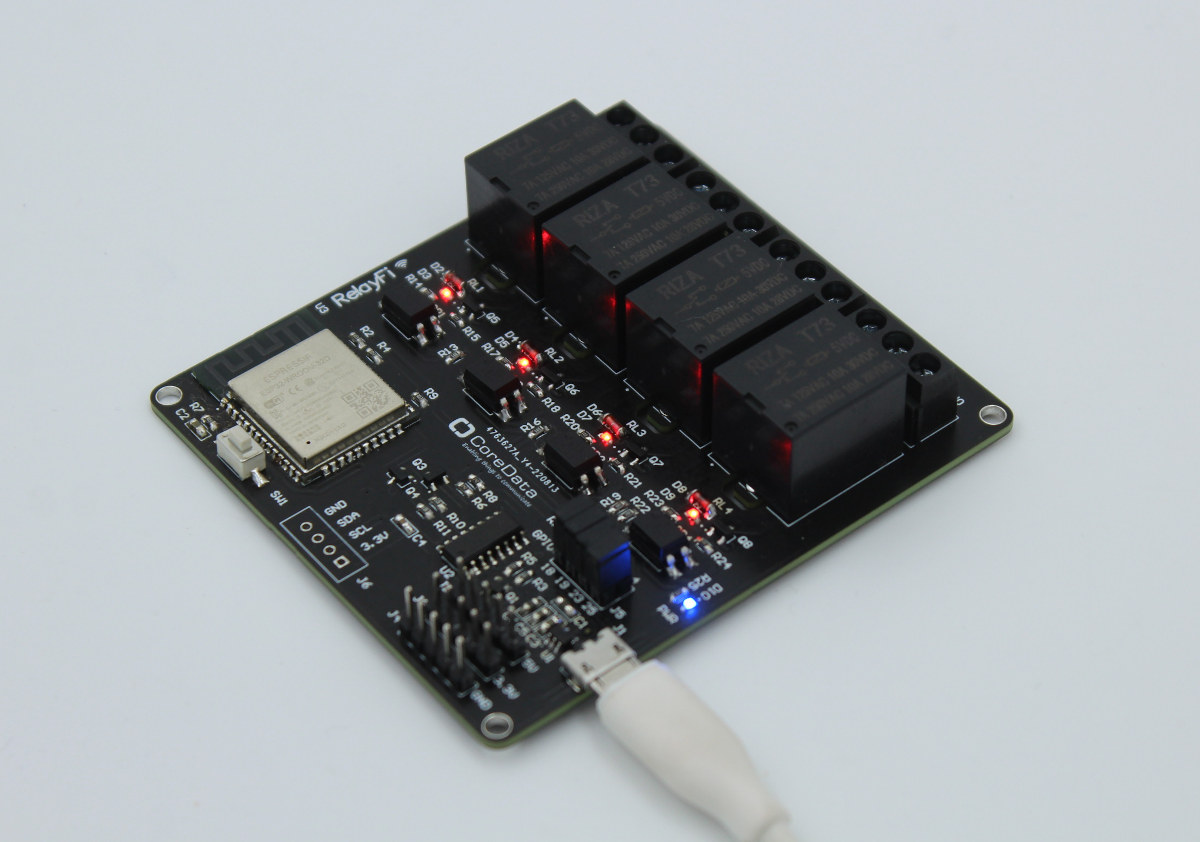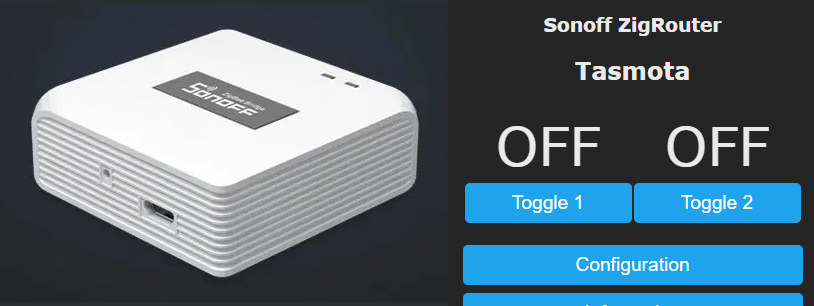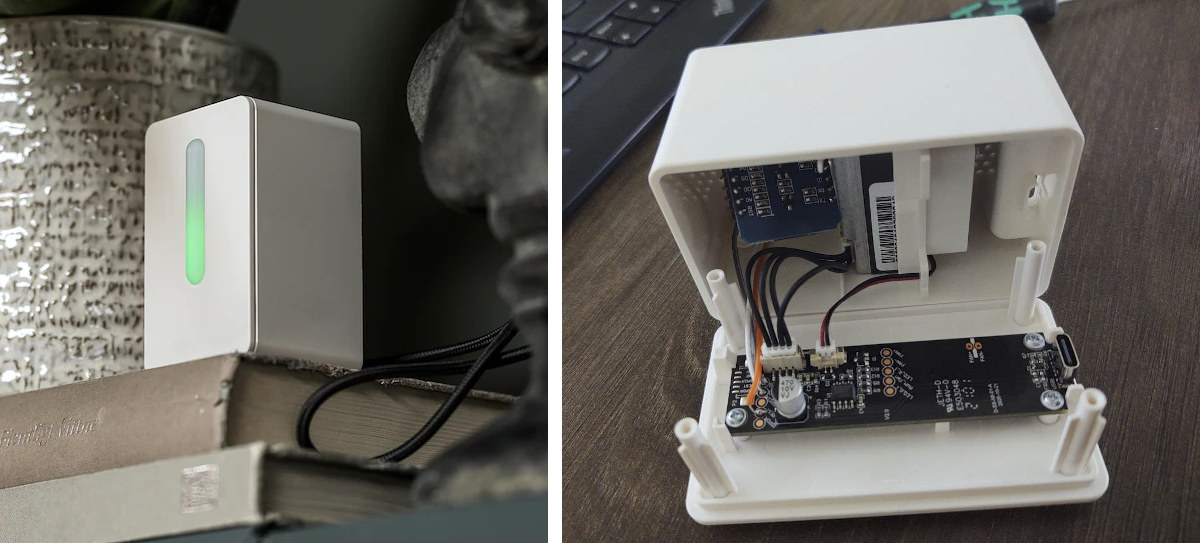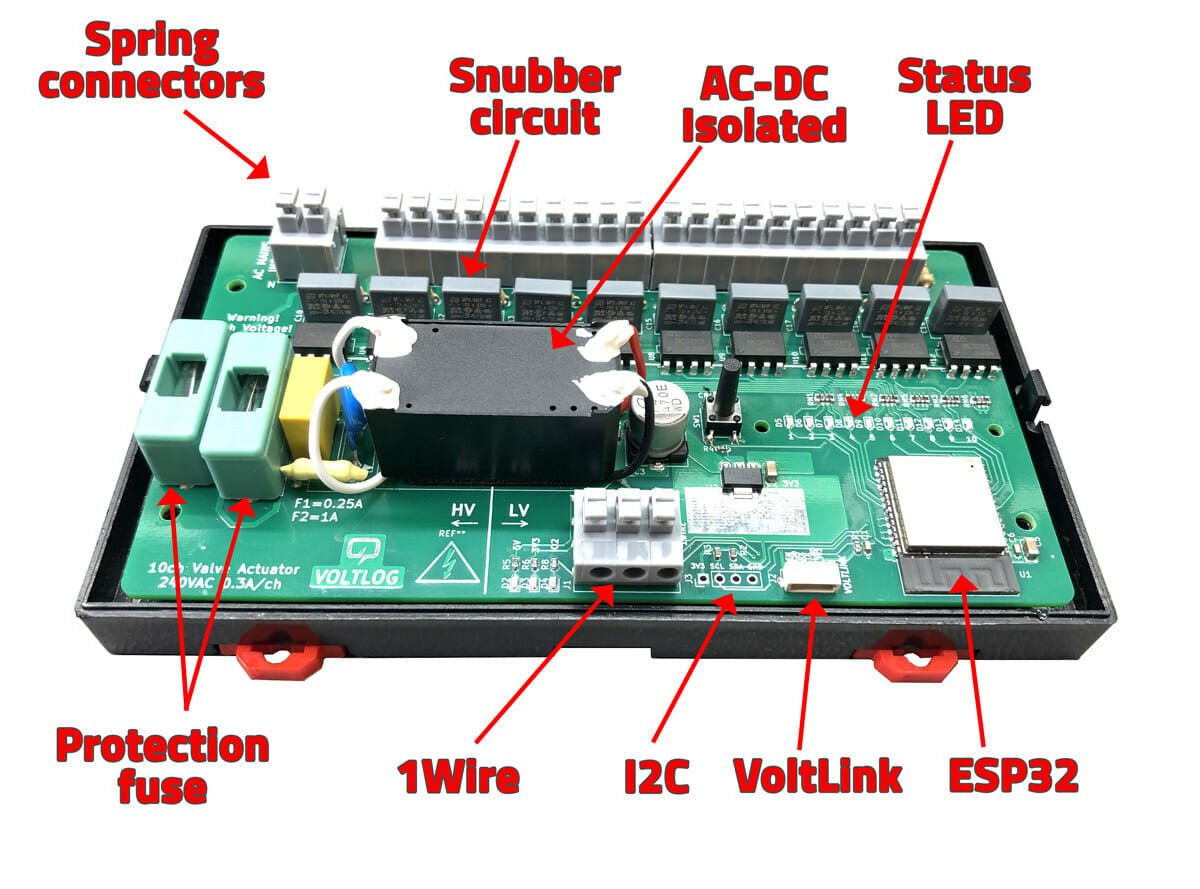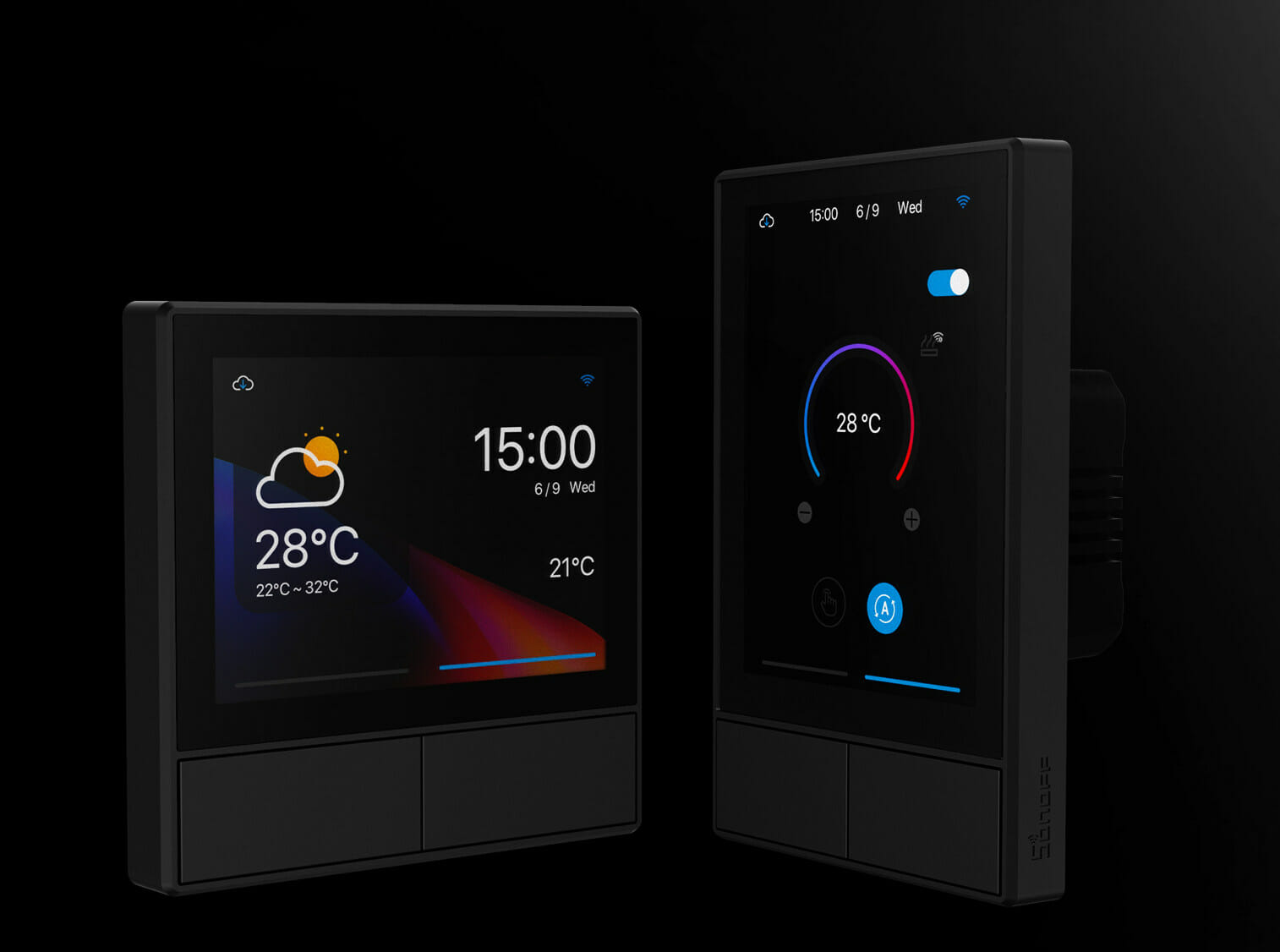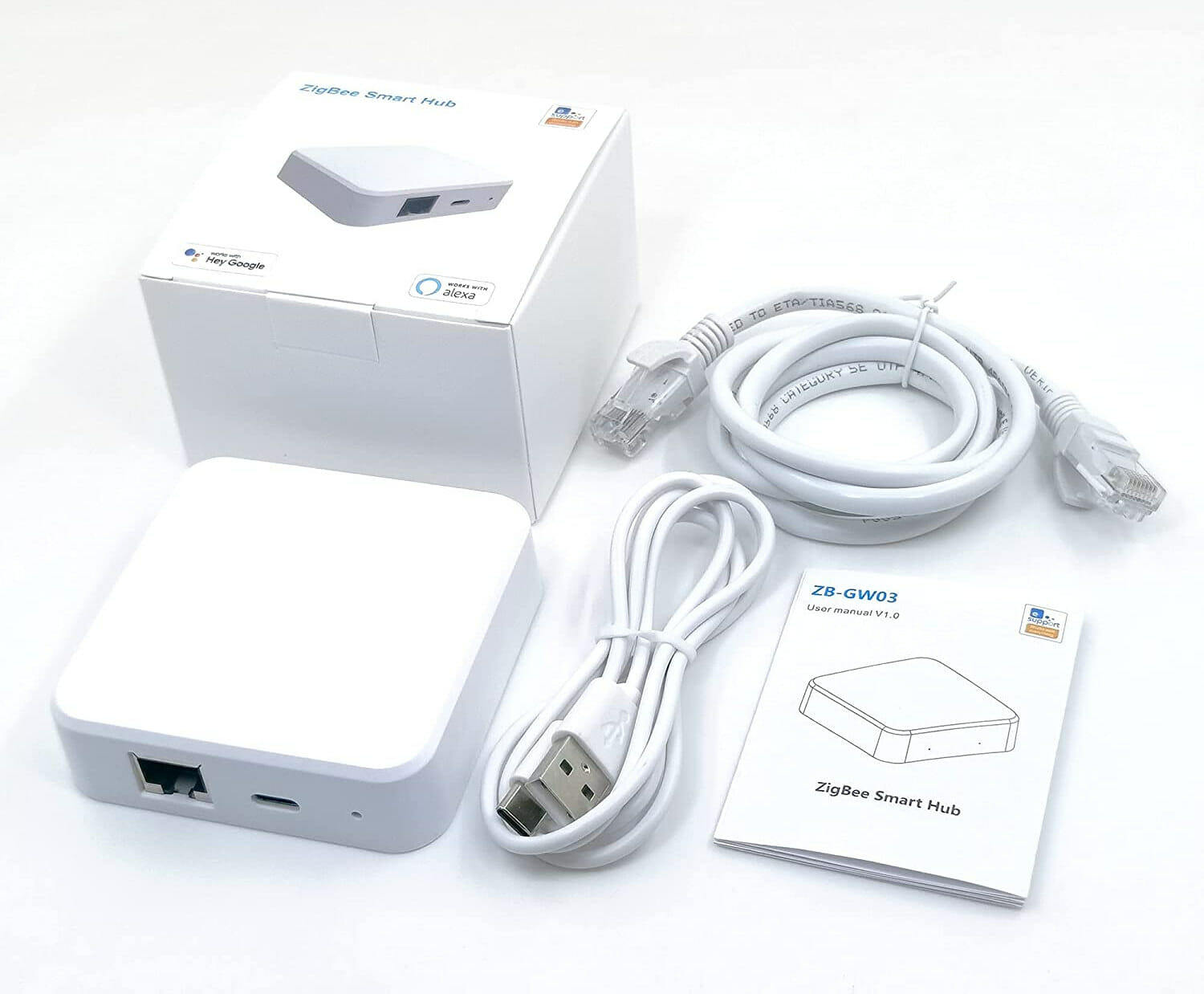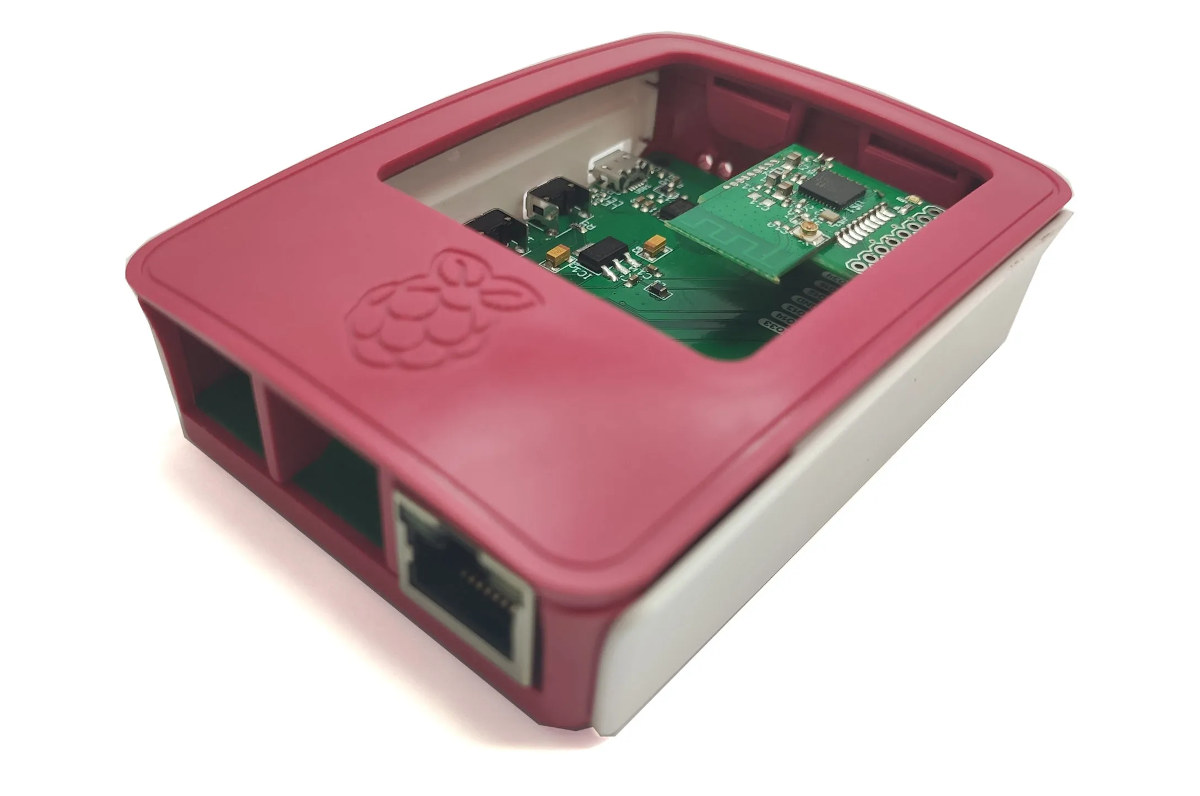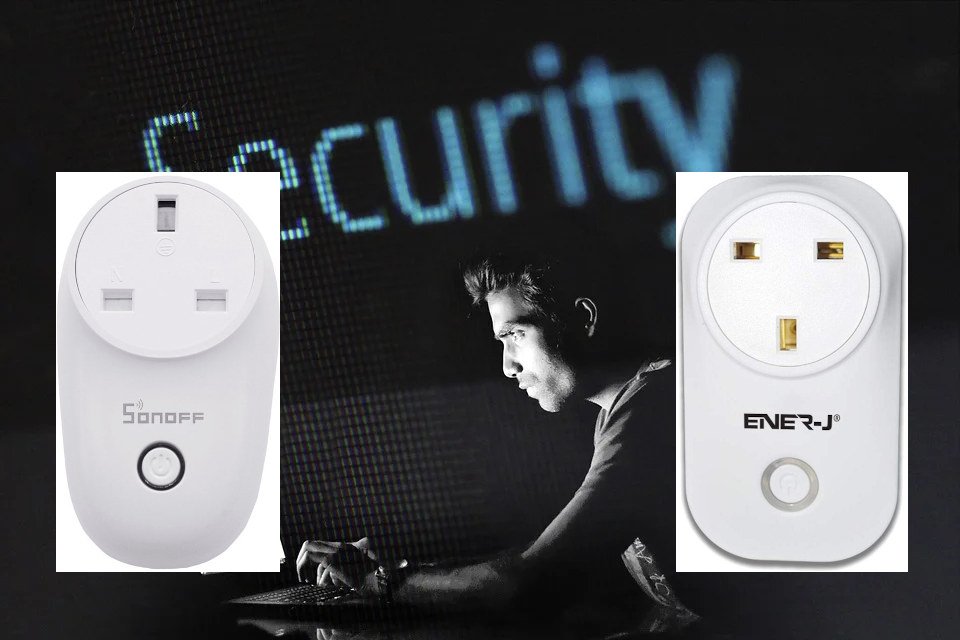CoreData Global, a Singapore-based research and development firm, has just introduced the RelayFi 4-channel relay board based on ESP32 and compatible with Tasmota open-source firmware, as well as Espressif’s ESP RainMaker cloud and ESP-NOW networking API. RelayFi is fitted with an ESP32-WROOM-32D WiFi and Bluetooth module, four relays capable of handling a load of 250 VAC/7A or 30 VDC/10A, and EL817C Optoisolators for safety. The board also comes with CH340C USB to TTL chip for programming, an I2C header for expansion, and some jumpers for relay selection. RelayFi specifications: Wireless module – Espressif Systems’ ESP32-WROOM-32D module with ESP32 dual-core Tensilica microcontroller, 32Mbit SPI flash, Wi-Fi 802.11 b/g/n up to 150 Mbps, Bluetooth 4.2 LE, and PCB antenna Relays 4x relays up to 250VAC/7A or 30VDC/10A 4x EL817C optocouplers for safety 4x relay status LEDs Screw terminals Relay selection jumper USB – 1x micro USB port for power and programming via […]
Sonoff ZBBridge gateway can be used as a Zigbee router/repeater
Sonoff ZBBridge WiFi to Zigbee gateway was introduced in April 2020, and a few months later got support for Tasmota ESP8266 firmware and Gecko firmware for either Home Assistant or Zigbee2MQTT support. But there’s now a new Tasmota firmware that converts Sonoff ZBBridge into a Zigbee router (a.k.a. Zigbee Signal Repeater or Zigbee Range Expender) following a request on Tastoma Github’s issue tracker from last year. The firmware, unofficial yet signed, was released a few days ago by xsp1989 Github’s user with a link to the firmware on Google Drive. Digiblur successfully tried it out on its own Sonoff Zigbee bridge and published the instructions. Assuming you already have Tasmota flashed to the device, switching to the router software is basically a firmware upgrade from the Tasmota web interface. Once the update is complete, you’ll still need to access the console in Tasmota in order to run a command to […]
Ikea PM2.5 air quality sensor’s ESP8266 hack adds WiFi, MQTT, and Tasmota support
Ikea VINDRIKTNING PM2.5 air quality sensor functionality can be augmented with an ESP8266 WiFi board or module, and open-source firmware adding MQTT, or the popular Tasmosta firmware for more features. Out of the box, Ikea air quality sensor simply shows green (good), yellow (ok), and red (not good) colors to indicate the level of pollution with PM2.5 levels. But Sören Beye (Hypfer), who also happens to have developed Valetudo firmware for smart vacuum cleaners, has added a Wemos D1 Mini board to his sensor and developed open-source firmware with MQTT support. You’ll need to open the air quality sensor, and solder three wires between the ESP8266 board and the 5V, GND, and Tx (data) pin from the Ikea VINDRIKTNING mainboard. After flashing the firmware, you still get the original LED indicator plus PM 2.5 air quality data sent over MQTT and WiFi. The update system supports Home Assistant Autodiscovery with […]
10-channel floor heating valve controller supports Tasmota, MQTT, Home Assistant
Voltlog has designed an open-source hardware floor heating valve controller powered by an ESP32 WiFi module making it compatible with Tasmota open-source firmware, and by extension MQTT protocol and Home Assistant automation framework. The board can control up to 10 valves triac controlled outputs and spring connectors for a floor home heating system, and also offers a one-wire srping connector, an I2C header, and safety features with two fuses, although it’s obviously not UL nor TUV certified. Voltlog decided to design his own board instead of buying off-the-shelf solutions because of the high price of such products and the lack of open-source firmware for integration into a home automation server powered by Home Assistant. You can flash firmware to the ESP32 either through a VoltLink USB to Serial converter or you can use your own USB to serial converter module through the on-board JST-SH 1.0mm pitch 6 pin connector. This […]
Sonoff NSPanel – A 3.5-inch HMI display for home automation (Crowdfunding)
You’ll soon be able to control all Sonoff smart switches, sockets, light bulbs, IP cameras, as well as Philips lighting solutions with the Sonoff NSPanel, a 3.5-inch HMI display supporting wall installation to US or EU standards. The ESP32 based touchscreen display integrates a dual-channel wall switch, supports Amazon Alexa, Google Home, or Yandex Alice voice assistants, and if you are not at home, you can still control your appliances with eWelink app for Android or iOS. Sonoff NSPanel specifications: WiSoC – Espressif ESP32-DOWD V3 dual-core Xtensa processor @ 160 MHz with 512KB RAM, 2.4 GHz 802.11n/g/n WiFi 4, and Bluetooth 4.2/5.x Display – 3.5-inch capacitive touchscreen display with 480×320 resolution Power Input – 100-240V @ 50/60Hz up to 4A Power Output – 100-240V @ 50/60Hz up to 2A per gang, or 4A in total LED Load 110V – 150W per gang, 300W total 220V – 300W per gang, 600W […]
ZB-GW03 ESP32-based Ethernet Zigbee gateway works with Tasmota firmware
ZB-GW03 is an Ethernet Zigbee Gateway compatible with eWelink mobile app and with a design similar to SONOFF ZBBridge gateway but replacing ESP8266 SoC by ESP32 SoC, and adding an Ethernet port. The ZB-GW03 gateway is apparently based on the same Silicon Labs EFR32MG21 Zigbee Arm Cortex-M33 chip and has been hacked to run Tasmota open-source software for people preferring more flexibility and/or integration with OpenHAB or Home Assistant open-source home automation frameworks via Zigbee2MQTT. ZB-GW03 gateway specifications: Main MCU – Espressif Systems ESP32 dual-core Tensilica TX6 processor @ 240 MHz with WiFi 4 and Bluetooth connectivity Zigbee MCU – Silicon Labs EFR32MG21 Arm Cortex-M33 MCU @ 80 MHz with Zigbee 3.0 connectivity Connectivity 10/100M Ethernet, WiFi, and Bluetooth via ESP32 Zigbee 3.0 via Silabs MG21 MCU with support for 128 nodes, up to 200+ meter range One 2.4 GHz Zigbee antenna One 2.4 GHz PCB antenna for WiFi Misc […]
ZiGate-Ethernet – An ESP32 Ethernet, WiFi, and BLE Gateway with optional Zigbee connectivity
Frédéric Dubois, aka fairecasoimeme, has recently released ZiGate-Ethernet, an home automation gateway based on Espressif Systems ESP32 wireless SoC with Ethernet, WiFi, and Bluetooth LE connectivity. The gateway can also take an optional PiZiGate+ Zigbee module for support for a wider range of home automation gizmos, and everything is designed to fit in the official Raspberry Pi 4 enclosure. ZiGate-Ethernet specifications: Wireless module – ESP32-WROOM-32E with ESP32 dual-core processor, 16MB flash, PCB antenna Connectivity 10/100M Ethernet RJ45 port implemented through LAN8720 as on several other ESP32 Ethernet boards 2.4GHz WiFI 4 Bluetooth LE 4.2/5.x Zigbee through PiZiGate+ module with PCB antenna or optional external antenna USB – Micro USB port for power and programming Expansion – 16-pin GPIO header with up to 10x GPIO, 7x ADC, UART, 5V, 3.3V, and GND Misc- Reset and Flash button, ESP32/FTDI UART selection switch, Power Supply – 5V/500mA via micro USB port Dimensions – […]
Sonoff & Tuya smart plugs found to transmit unencrypted passwords
There are many low-cost smart plugs based on ESP8266 that provide a convenient way to control lights or home appliances with your smartphone. But cybersecurity firm A&O IT Group found vulnerabilities in ITEAD’s Sonoff S26 and Ener-J Wi-fi (Tuya) smart plugs that would allow an attacker to easily access your wireless network. The first security vulnerability is pretty common and hard to exploit since it’s only a concern during the setup. Sonoff S26 starts itself into access point mode with ITEAD-1001xxxxxx SSID, and is set up through the eWelink app with the user not needing to know the password. But with older firmware is was needed, so ITEAD still shares the default password: 12345678 in the user manual, and it can be used to connect to the smart plug by anyone. But once configured, it’s not accessible anymore as the smart plug should be in client mode connected to your […]


